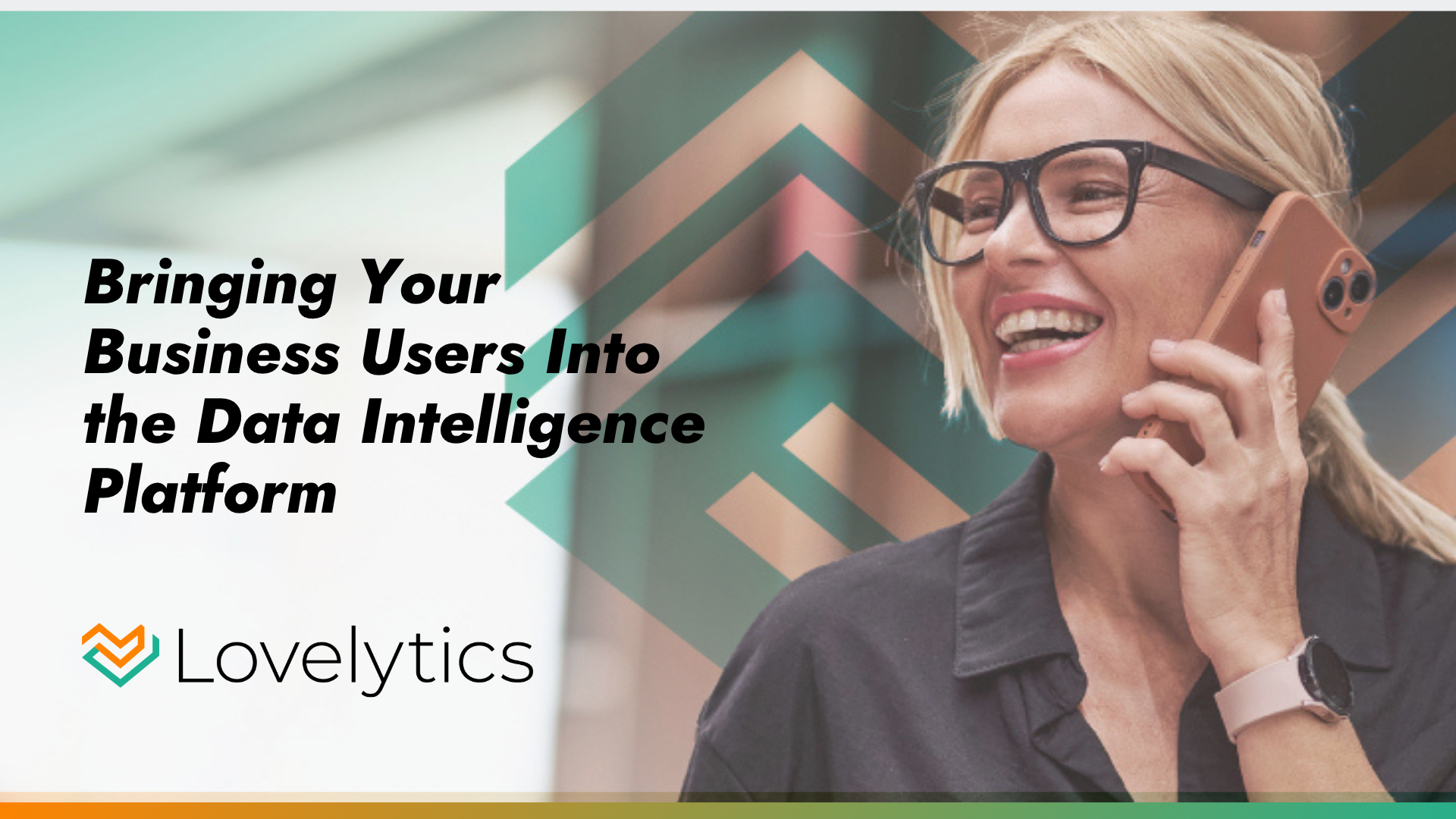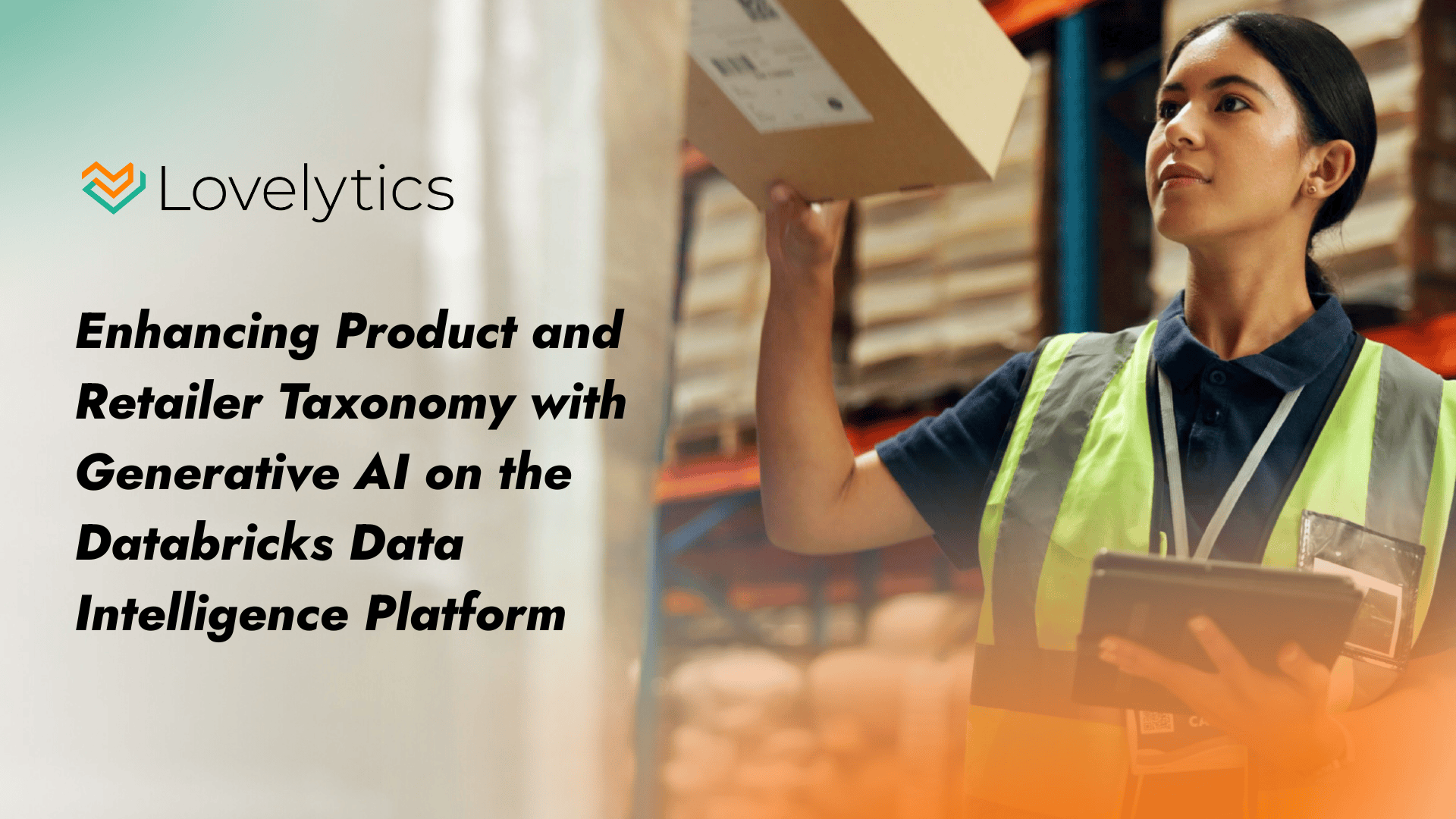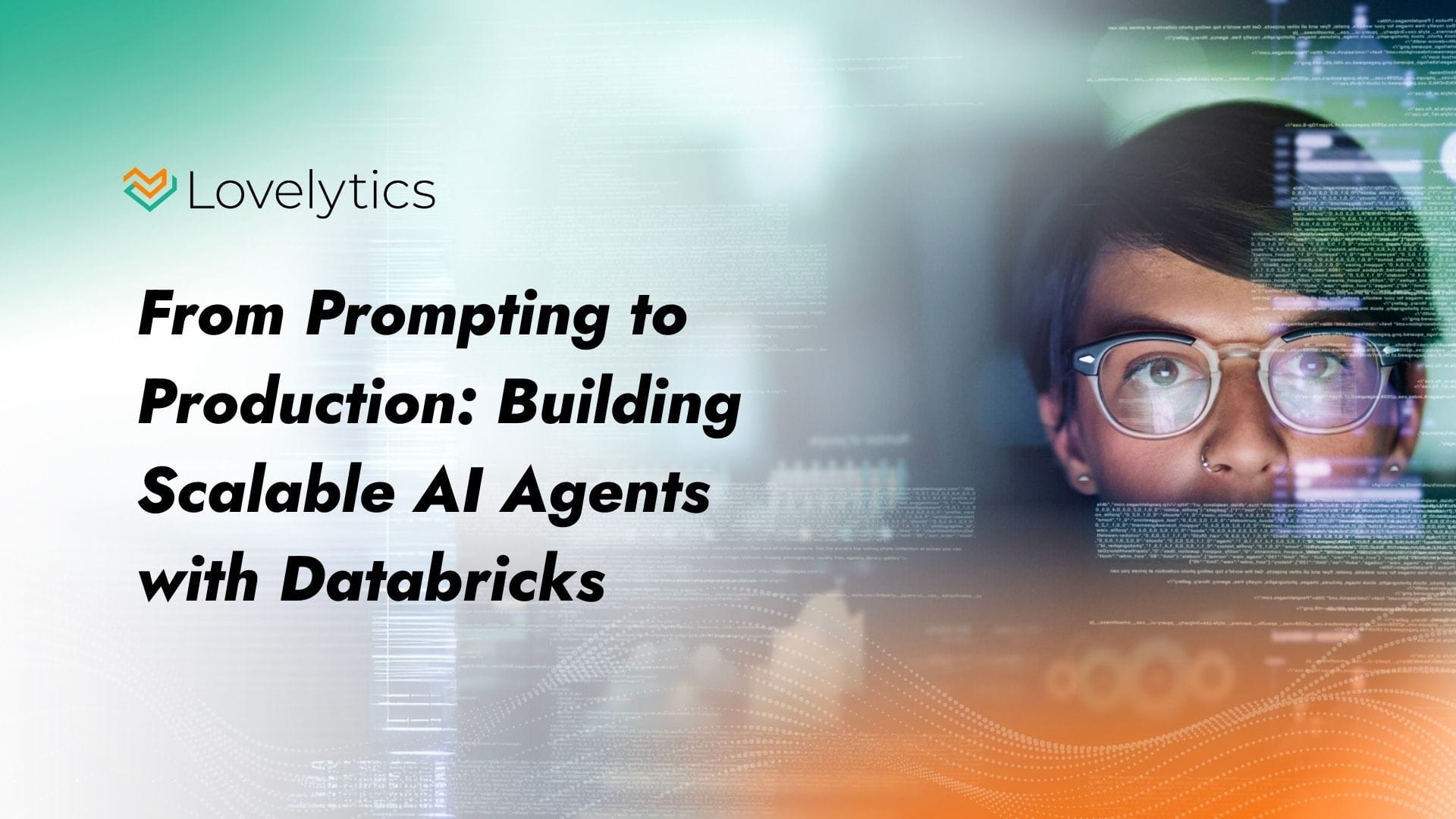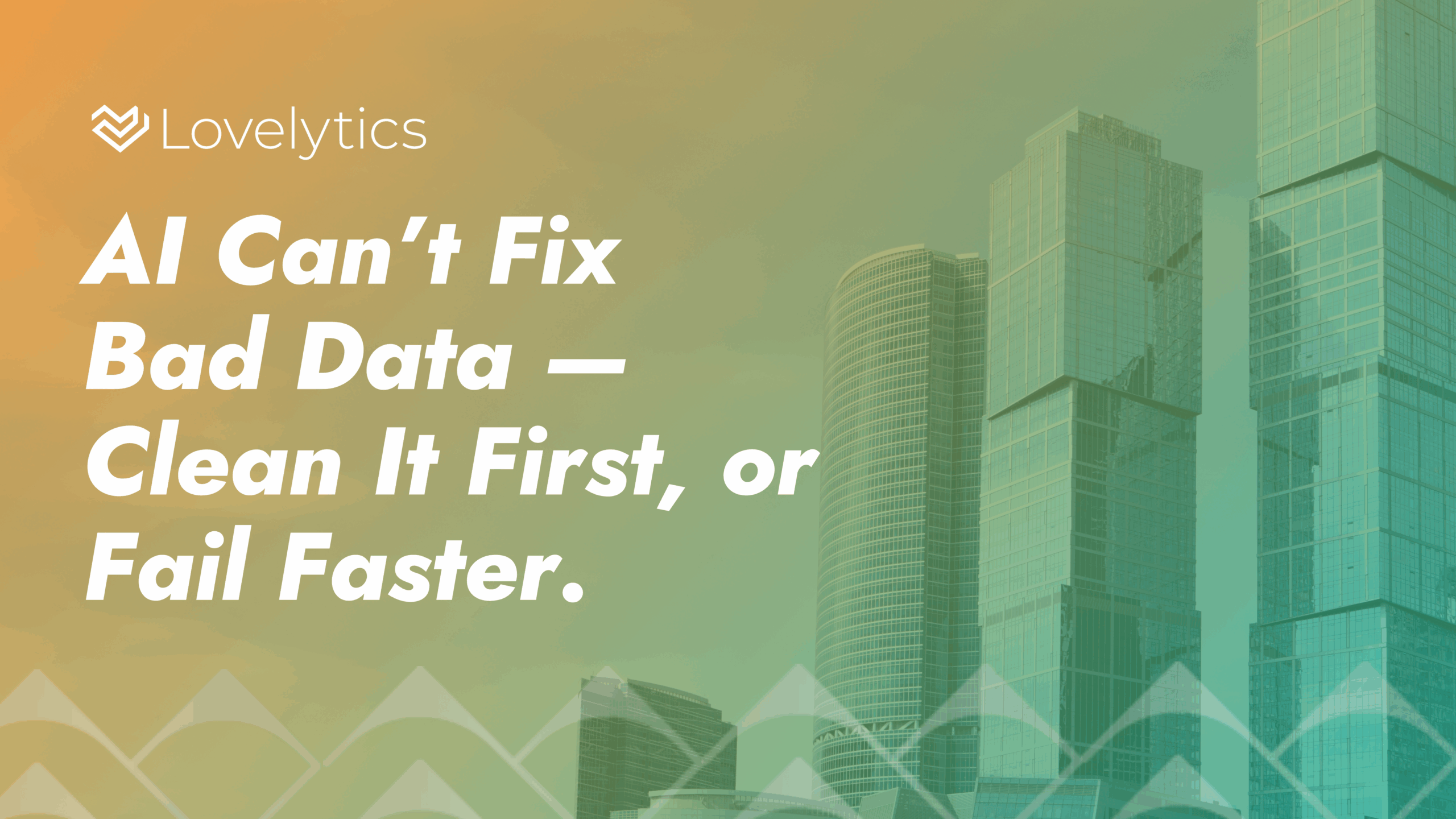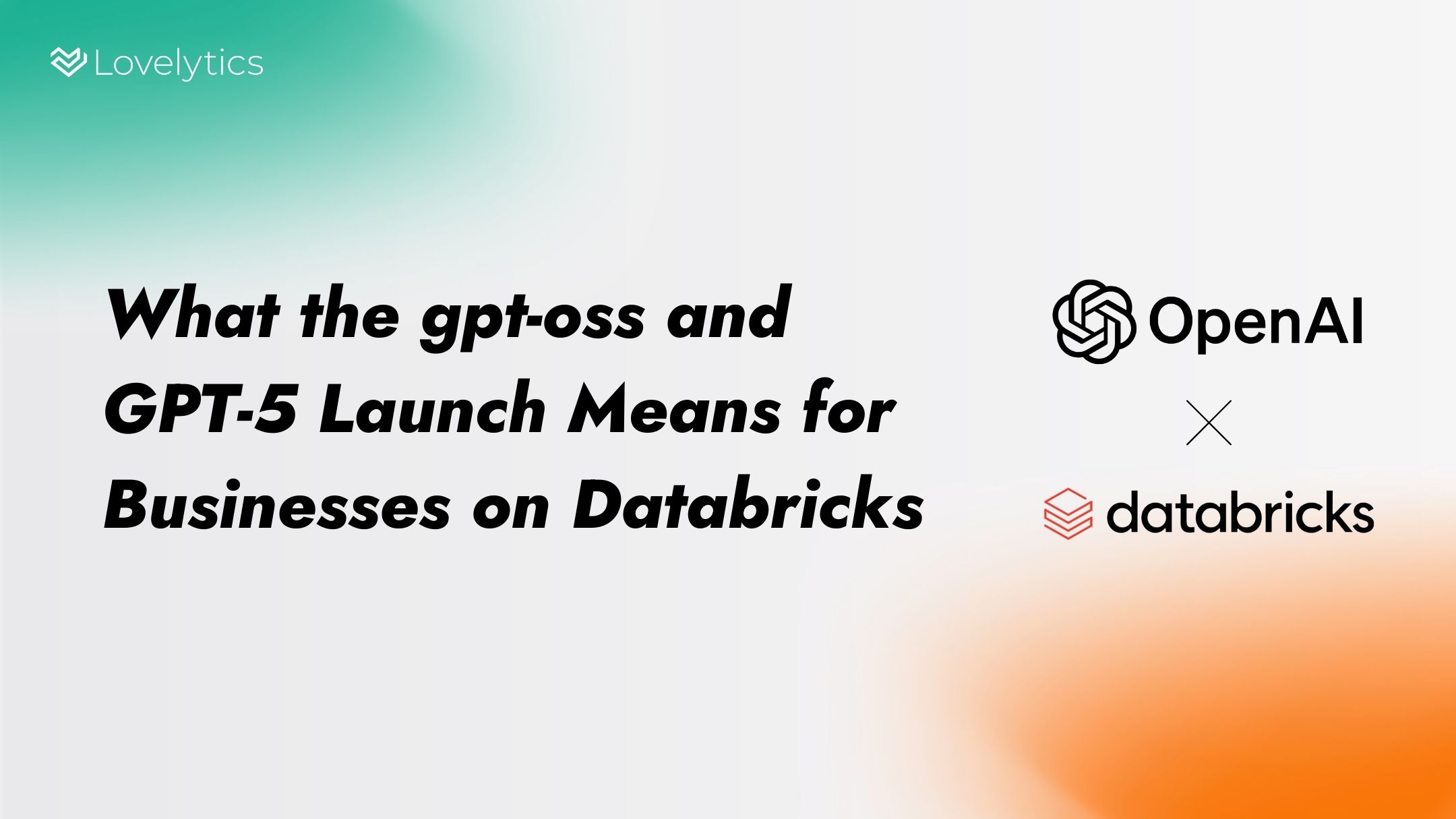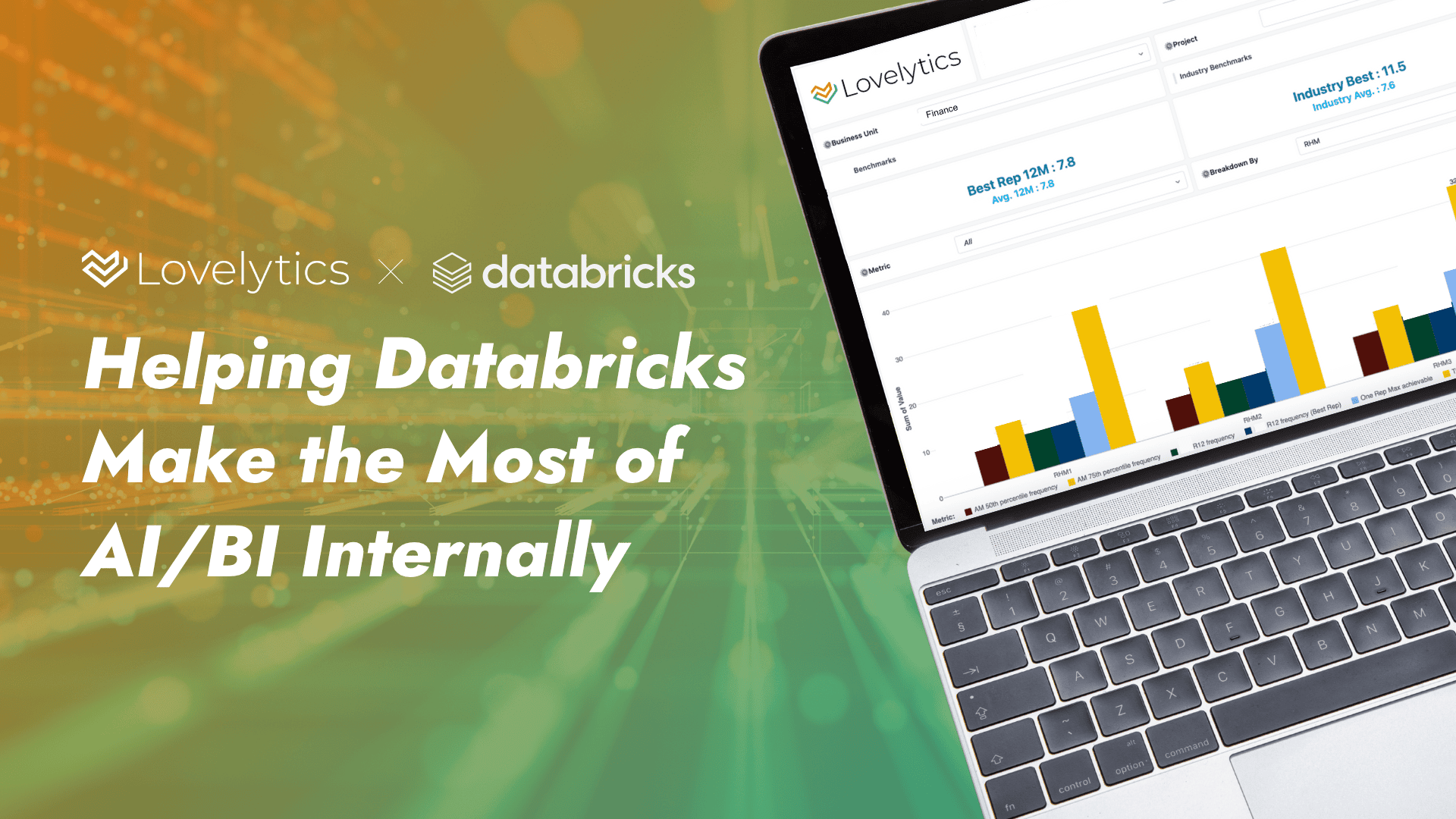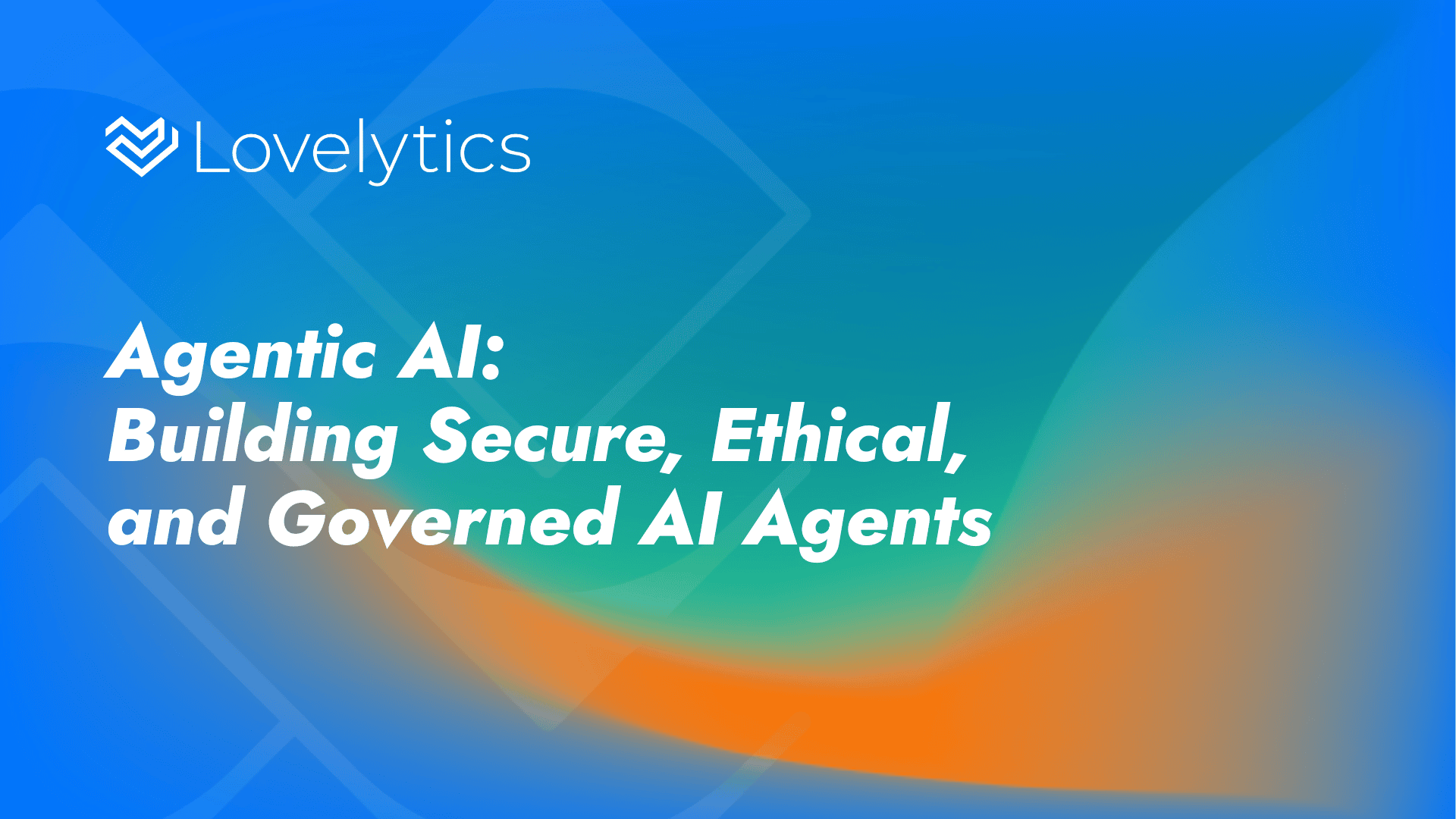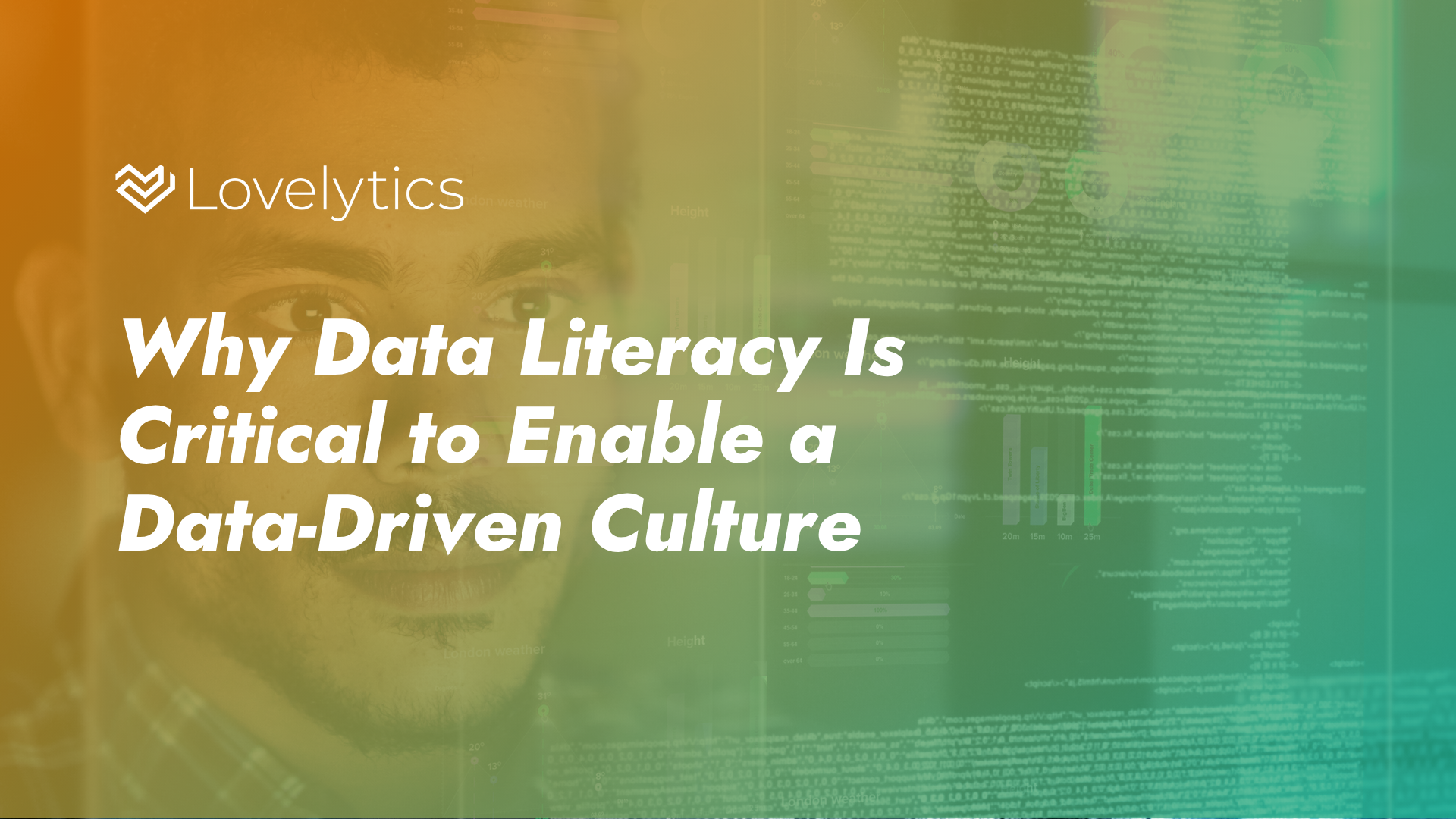In the constantly evolving landscape of data management and analytics, the adoption of advanced platforms like Databricks marks a pivotal shift, signaling a new age of enhanced efficiency, deeper insights, and unified data intelligence. This significant transformation is not just a leap forward in technology, but also a crucial moment for an important group within many organizations: the business users. Business users’ daily choices are fueled by data, and as the IT and data science teams celebrate the democratization of data and AI with Databricks, the business users need to visualize the data excellence produced by the Databricks Data Intelligence Platform (DIP). The right partner can help to ensure the DIP is integrated with the right BI tool to ensure workflows remain intact or are properly designed; the continuity of existing reporting and analytics; and (most importantly) how users can harness this sophisticated platform to amplify their effectiveness.
Now, picture this scenario: Your organization has just successfully migrated key data workloads and processes to Databricks, sparking enthusiasm for its potential to transform the business into a data driven culture. In this wave of excitement, the business users want to capitalize on the data excellence to surface real time insights to drive key decision making and how to adapt their operational routines to this new environment.
Sound familiar?
In this blog series, the Lovelytics team will walk you through the lessons we have learned from working with over 1,000 organizations to not only provide well architected data and AI environments, but ensure the non-technical (or semi-technical) business users are able to utilize the Databricks Data Intelligence Platform to significantly improve their day-to-day responsibilities, including ad-hoc analysis, powering enterprise-wide BI platforms, and translating complex ML and AI models into actionable insights for business users.
WHAT ARE THE COMMON CHALLENGES WE ENCOUNTER?
While every organization and team needs are different, we often see the same common themes arise when it comes to challenges organizations face to enable business users as part of the new culture of data. These challenges can impede the seamless adoption of new technologies, put unexpected burden on parts of the organization to continuously translate and enable data use, and hinder business users’ ability to effectively utilize data for decision-making. Without addressing these challenges, organizations may face delays in realizing the full potential of the DIP, which can lead to missed opportunities for innovation and competitive advantage. There are the four most common challenges we see:
- CHANGE MANAGEMENT – LEARNING CURVES AND LEGACY SYSTEM LIMITATIONS: Imagine your business users; they’re comfortable with their legacy backend data environments, but suddenly they’re faced with the need to adapt to new technologies. It’s like asking a seasoned chef to switch up their ingredients mid-course – resistance is inevitable.
- TIME AND RESOURCES: Time and money – the drivers of any organization. Allocating resources for training on a new platform can be a tough sell, especially when everyone’s already stretched thin.
- IT STRUGGLES: IT teams have their fair share of struggles too. Ever tried migrating existing analytics content to a new data environment? It’s no walk in the park. IT faces technical challenges alongside the task of getting everyone on board with the process and bigger picture business impact of data migration.
- QUALITY ASSURANCE AND USER ACCEPTANCE TESTING (QA/UAT): Often overlooked, but crucial. Without proper processes in place, accessing and working with data in a business-friendly way becomes a daunting task.
WHAT DO WE RECOMMEND TO OVERCOME THESE CHALLENGES?
Now that we’ve laid out the challenges, let’s talk about solutions. In our blog series, we will focus on the three core groups: IT, Analytics Engineers, and Business Functional Analysts. We’ll dive deeper into solutions for each of these groups in our subsequent blog posts:
- THE IT LEADER: You are an IT leader and are considering migrating your data environment to the Databricks lakehouse. What do you need to do to allow your business users to fully benefit from the DIP?
- THE ANALYTICS ENGINEER: You are an analytics engineer who spends their days performing data transformations for ad-hoc reporting, model development, and other analytical tasks. Learn how Databricks can enable you to be more effective and glean better insights.
- BUSINESS FUNCTIONAL ANALYSTS: You are a business analyst at your organization, and need to build and consume data to make data-driven decisions. Learn how the Databricks DIP platform enables your reporting to be performant, governed, accurate, and timely.
The shift to Databricks’ Data Intelligence Platform is more than a technological upgrade; it’s a change that affects every layer of the organization. Although navigating this transition for business users may appear daunting, it offers an opportunity for enhanced decision-making, process streamlining, and deeper data insights. We aim to provide you with the knowledge, strategies, and confidence needed for a successful transition.
Stay tuned as we share practical methods to tap into the full potential of Databricks for users throughout your organization, ensuring a collective move towards a data-driven future.
Contact us today to learn how Databricks can simplify your data ecosystem and bring your business users into the Data Intelligence Platform.

